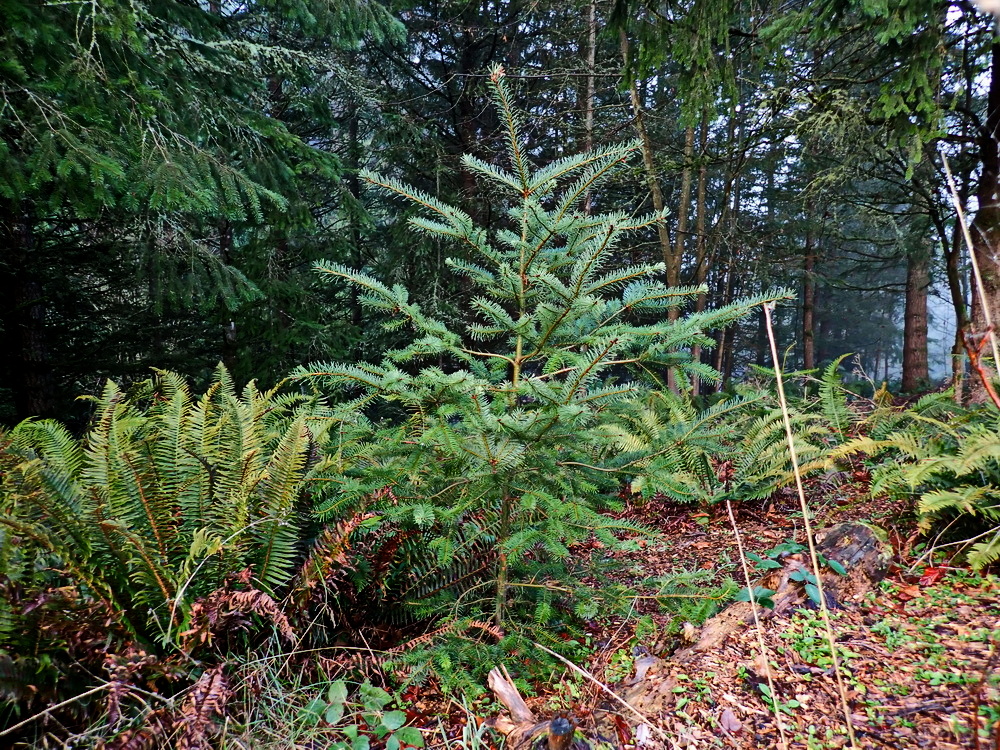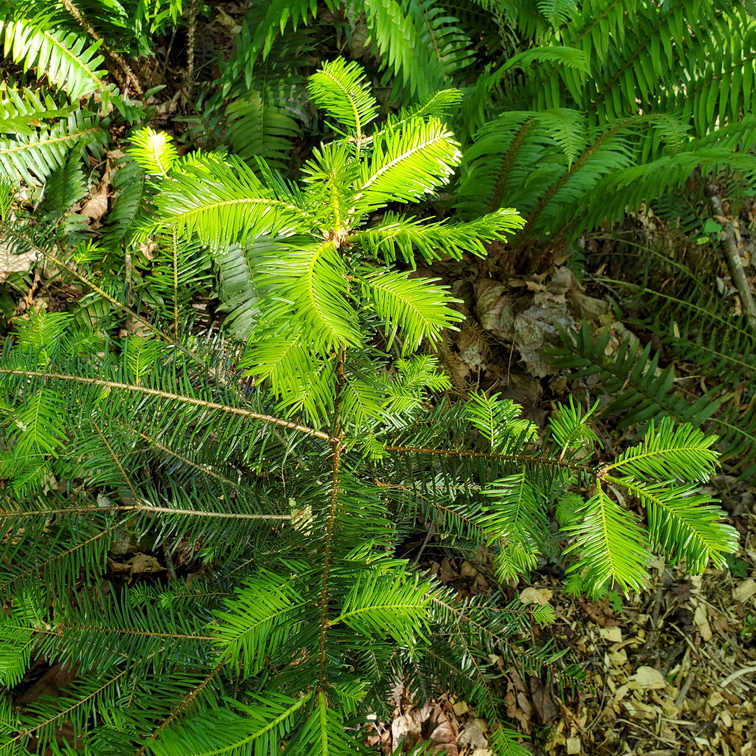Category: Backyard Forest Restoration
-

The Hazard of Overclearing
A recent post in Weeds of the Northwest asked how best to clear a 400 square-foot patch of vinca. The question struck a chord with me because of the hard lessons I have learned in Everett’s Forest Park about the hazard of overclearing. Yes, there are various methods used for clearing large areas of weeds,…
-

Green Everett Partnership’s Successes and Failures in Everett’s Forest Park
It has been over one year since the Green Everett Partnership’s decade-long restoration project in Everett’s Forest Park came to an end, and it is instructive to walk the park now, and see which efforts are having a lasting impact.
-

A Sustainable Strategy for Backyard Forest Restoration
It took me over 16 years and thousands of hours working in the forest, but I gradually came to the conclusion that certain restoration practices were not working. In some areas, the initial clearing of invasive plants had triggered a vicious circle of weeding that required more hours, year after year, than I was willing…
-

Legacy Forests in the Puget Lowlands
If your backyard forest was last logged over 75 years ago, it may be a “legacy” forest.
-

Recent Articles Related to Forest Restoration
I found these interesting . . .
-

Clootie’s Crofts
Recently, I’ve been pondering some of the practical, ecological, and even philosophical reasons that I should begin to make peace with some of the weeds in some of the places.
-

The Bradley Sisters and the English Perennial Garden
Being Australians from Sydney, and very “British,” the two Bradley sisters were certainly familiar with English-style perennial gardens and likely had experience maintaining them. Recently, I realized that their well-known method of bushland restoration, the Bradley Method, could have evolved directly from their experience with preventing grass from invading flower beds.
-

Should We Still be Planting Native Trees?
I knew that because of climate change there were no longer any perfect native trees to plant in our region, but I thought that planting a mix of native trees in appropriate sites was a reasonable climate adaptive strategy. Recently, however, my confidence was shaken by a list suggesting that our most important native conifers…
-
Windfall
Strong winds blasted through Everett during the night of November 4th with gusts up to 50 miles per hour. Afterwards, I walked the several miles of Forest Park trails to clear them of fallen limbs and reflect on the storm’s impact.
-
Blackberry Bradley Line
Late fall seems to find me in a wetland untangling Himalayan Blackberry from Salmonberry. Most recently I was working on maintaining and extending a Bradley Line that protects an area of Salmonberry and Black Twinberry from old-growth Himalayan Blackberry (Rubus armeniacus).
-
Watch for Pathfinder and White-Flowered Hawkweed
If you are ridding your backyard forest of weedy Nipplewort and/or Wall Lettuce, try not to inadvertently remove any indigenous Pathfinder or White-Flowered Hawkweed. All four plants have similar structural appearances, their ranges overlap, and they can all survive on “sunflecks.”
-
Weeding – The Essence of Backyard Forest Restoration
Recently, bending over to remove an Herb Robert from a patch of Bleeding Heart, it occurred to me that hand weeding is the very essence of backyard forest restoration — at least for idealists like myself who are trying to achieve ground covers and shrub layers comprised almost solely of native plants. Weeding can be…
-
Improving the Balance in the Soil Seed Bank
“Even the weeds look lovely in May.” From Arthur Lee Jacobson in his book Wild Plants of Greater Seattle. April comes and goes. The rainy season begins to wind down, but the soil remains moist. Days grow longer and highs begin to flirt with 60 degrees. Nighttime lows no longer drop into the 30’s. All…
-
Compost Heaps in the Backyard Forest
What should we do with all of those invasive plants after we’ve pulled them out of the ground? My preference is to compost them on site to help maintain local soil fertility, and I’ve developed a few preferences that I thought might be worth sharing.
-
Elk Hill in Spring
I was feeling grateful on a recent spring morning as I walked through the forest on Elk Hill. It seemed like the years of restoration work had all been worth it.
-
Weed Whacking Bad Edges — Some Pros and Cons
Last year, I began weed whacking a few “bad edges” to see if it would help prevent the weeds from recolonizing adjacent “good areas.” I have some preliminary opinions on some pros and cons of this practice.
-

Should We Plant Conifers in Our Backyard Forests?
Should we be planting conifers in our backyard forests to eventually replace the existing large trees?
-
The Useful Garden Fork
The garden fork is a useful tool for loosening soil prior to removing invasive plants and for planting natives.
-
Two Easy Wet-Season Transplants
Large-Leaved Avens and Fragrant Fringecup are evergreen, perennial forbs native to the Puget Lowlands. I’ve had good success “rescuing” and transplanting both during the wet season without irrigation.
-

The Bradley Method
Published in Australia in 2002, “Bringing Back the Bush – The Bradley Method of Bush Regeneration” encapsulates the principles and methods developed by sisters Eileen and Joan Bradley based on their years of work restoring portions of a natural area in Sydney.